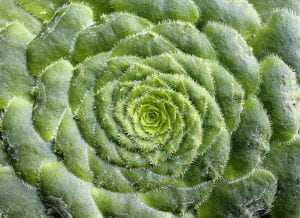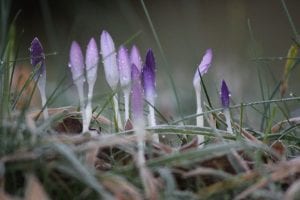By Andy Winfield

I’ve recently started noticing lichen. Now I can’t stop noticing it; it’s everywhere, living on, and in multiple surfaces. Walking around Bristol it’s on the harbour walls, the loch gates, on holiday it’s on the rocks of the cliffs and hanging from trees. Lichen covers around 8% of the planet’s surface area, and so could be argued that it’s one of the most successful collaborations in the natural world. When you do start noticing, you want to keep noticing, and get in closer with a little hand lens, a looking glass. (more…)



